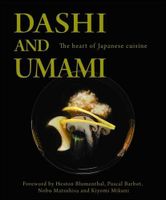Achieving the Perfect Dashi
As far as possible, Tokuoka observes the principle of obtaining ingredients direct from the source. This includes the kombu and katsuobushi for the dashi. The kombu used in winter is natural ma kombu from Shirokuchihama in the south of Hokkaido. The king of kombu, this produces an elegant, sweet dashi. The katsuobushi is from Makurazaki and Yamagawa in Kagoshima prefecture. The elegant Yamagawa obushi and the unique Makurazaki obushi, from separate makers whose methods of preparation differ, are skilfully blended. If only Yamagawa obushi is used, the dashi can easily become insipid, and if only Makurazaki obushi, its unique flavour can be overpowering - combining the two produces a deep, rich dashi. In both cases the katsuobushi is made of mould-treated honkarebushi from bonito caught by single-hook fishing, and prepared over time using the spine-half of the fish, which has less fat, with chiai removed.
Become a Premium Member to access this page
Unlimited, ad-free access to hundreds of the world’s best cookbooks
Over 160,000 recipes with thousands more added every month
Recommended by leading chefs and food writers
Powerful search filters to match your tastes
Create collections and add reviews or private notes to any recipe
Swipe to browse each cookbook from cover-to-cover
Manage your subscription via the My Membership page
Part of
Advertisement
Advertisement


